
It allows to keep PV going, with more focus towards AI, but keeping be one of the few truly independent places.
-
My apologies if there is already a topic on this ...
Thoughts on this new adapter from SLR magic?
PR:
The SLR MAGIC-RANGEFINDER CINE Adapter is an optical device with integrated follow focus gears. When adapted to a compatible taking lens, one could override the focus control of the taking lens with the RANGEFINDER’s built-in focus ring that provides calibrated focus markings from 3’6 ft to Infinity.
The SLR MAGIC-RANGEFINDER CINE Adapter is highly recommended for users wanting to have single focus capability on the SLR Magic Anamorphot adapters as well as users wanting to have cinema like manual focus capabilities on autofocus lenses.
It seems that it acts as a external focusing mechanism that sits in front of the lens. I figure you set your lens (or taking lens + anamorphic adapter pair) at infinity focus and then you can use the range finder to control focus with the benefits of:
- focus gears
- hard stops
- distance markings
- repeatable focus pulls even on fly by wire lenses
- a single focus for dual focus anamorphic setups
This is what I read into the announcement at least.
-
From what I understand about focusable anamorphic adapters, moving the adapter forwards or backwards relative to the camera (and moving or focusing the taking lens) is not a replacement for focusing the anamorphic adapter. http://www.eoshd.com/comments/topic/2659-turn-dual-focus-into-single-focus/
The SLR Magic Anamorphot adatper is a special case because it requires little or no focusing of the adapter.
P.s., I think you mean focus by wire. Because a lens is not an airplane. :)
-
There should only be breathing if the diopter system has breathing.
Right! It they can pull off an adapter that gives you the best parts of a CINE lens on any lens that should be pretty slick. The down side would be having the lens gears no the front of the lens, might not play nice with matte boxes ect ...
-
I'm still somewhat confused as to how this actually works. Is there a large optical element ? Would it potentially cause extra optical issues, quality loss, sharpness issues etc?
-
Will this mean the look of the bokeh be different from the taking lens?
-
Looks like Andrew has one and should be posting tests soon ...
-
@kingmixer It is a variable diopter that sits in front of the lens, in effect replacing the internal focus mechanism. You set focus on the lens to infinity and then leave it there and then focus with the Range Finder. Since the filter is focusing the lens it will 'fix' lenses that have heavy breathing.
@sammy When using it with an anamorphic adapter you set the taking lens and anamorphic adapter to infinity focus and leave them there and then attach the Range Finder which now gives you a single geared focus mechanism with 240 degrees of movement and accurate distance markings. It does claim to improve minimum focus distance on some anamorphics but only testing will tell by how much.
-
Yes, check out Andrew's post, he mentions:
"Since it only arrived today however I’ve not yet had time to go in depth with it and gauge performance. Initial samples showed it produced a usable image with my Isco CentaVision 2x anamorphic even at F2.0 and although it did soften up the Canon 24mm F1.4L at F1.4 the image was still impressive and likely far sharper from F2.8. "
-
@grisnjam thanks, i guess for me with the isco 36 since it has one focus system, is will this allow for closer focus distance with the isco 36 with out needing to add closeups, plus if its smoother focus style or not,if its less and smoother turning ill be more in on this if the image is not too effected by it.
-
MONKEY SEE, MONKEY DO is a pidgin-style saying that appeared in American culture in the early 1920s. The saying refers to the learning of a process without an understanding of why it works. Another definition implies the act of mimicry, usually with limited knowledge and/or concern of the consequences.
QUESTION: SO WHEN IS A RANGEFINDER NOT A RANGEFINDER?
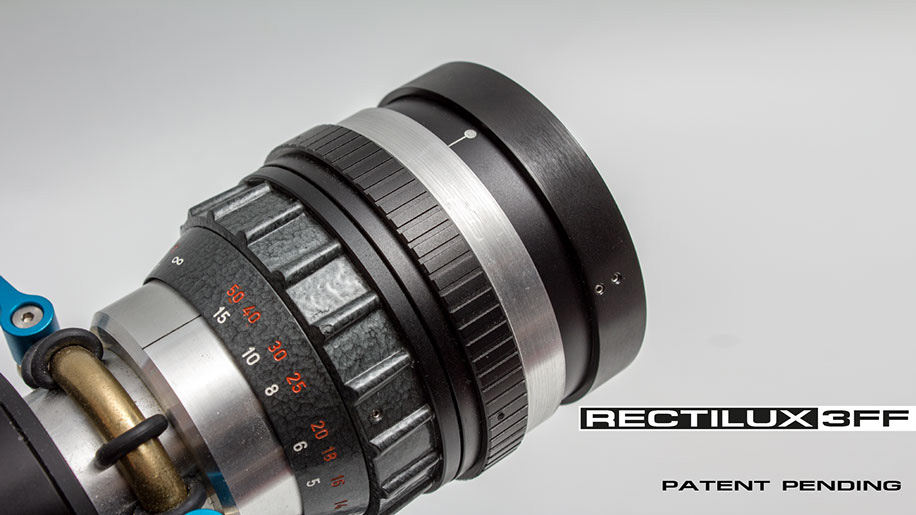
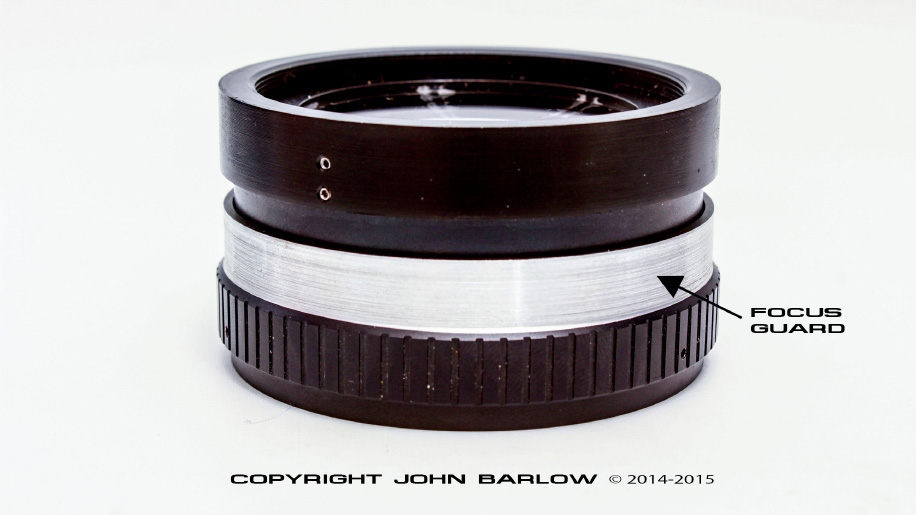
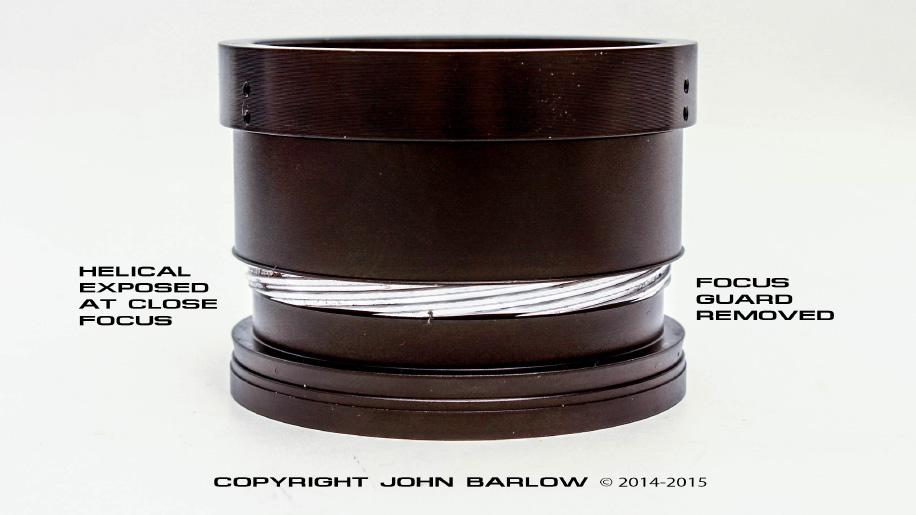
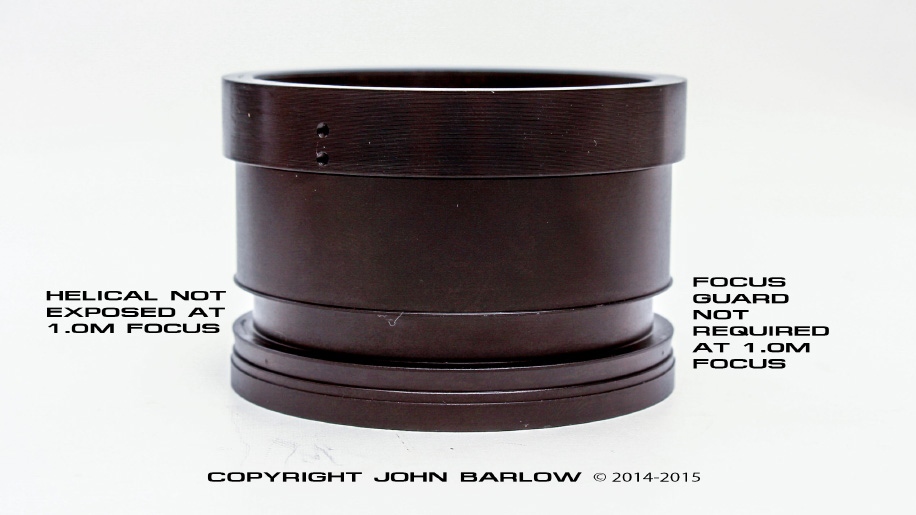
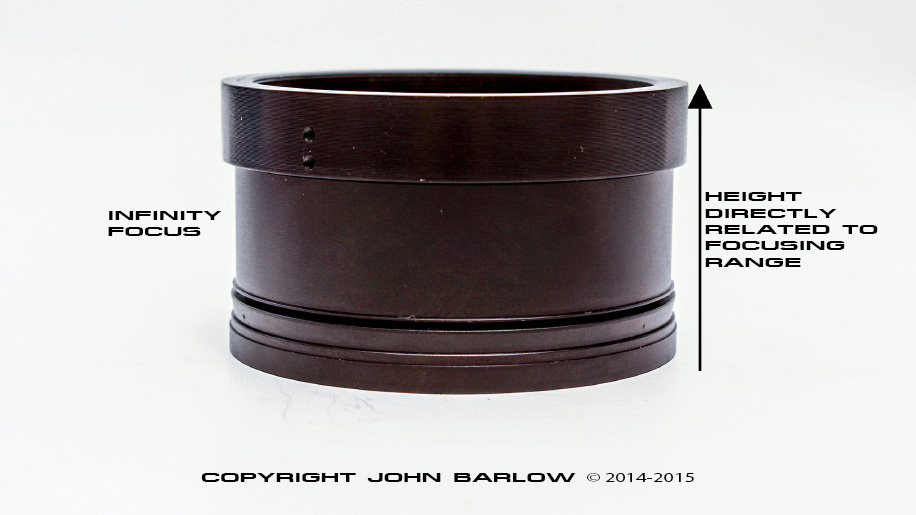
ANSWER: WHEN IT IS AN ORIGINAL RECTILUX 3FF
Say NO to those who willfully copy and plagiarize the original work of others.
John Barlow Chief Design Architect, Programme Manager, Rectilux products IMPRINT TAKEN
-
I do not think words or such have big impact.
If you want to protect something you need to use legal ways.
Howdy, Stranger!
It looks like you're new here. If you want to get involved, click one of these buttons!
Categories
- Topics List23,970
- Blog5,724
- General and News1,346
- Hacks and Patches1,153
- ↳ Top Settings33
- ↳ Beginners255
- ↳ Archives402
- ↳ Hacks News and Development56
- Cameras2,360
- ↳ Panasonic990
- ↳ Canon118
- ↳ Sony155
- ↳ Nikon96
- ↳ Pentax and Samsung70
- ↳ Olympus and Fujifilm100
- ↳ Compacts and Camcorders300
- ↳ Smartphones for video97
- ↳ Pro Video Cameras191
- ↳ BlackMagic and other raw cameras117
- Skill1,961
- ↳ Business and distribution66
- ↳ Preparation, scripts and legal38
- ↳ Art149
- ↳ Import, Convert, Exporting291
- ↳ Editors191
- ↳ Effects and stunts115
- ↳ Color grading197
- ↳ Sound and Music280
- ↳ Lighting96
- ↳ Software and storage tips267
- Gear5,414
- ↳ Filters, Adapters, Matte boxes344
- ↳ Lenses1,579
- ↳ Follow focus and gears93
- ↳ Sound498
- ↳ Lighting gear314
- ↳ Camera movement230
- ↳ Gimbals and copters302
- ↳ Rigs and related stuff272
- ↳ Power solutions83
- ↳ Monitors and viewfinders339
- ↳ Tripods and fluid heads139
- ↳ Storage286
- ↳ Computers and studio gear560
- ↳ VR and 3D248
- Showcase1,859
- Marketplace2,834
- Offtopic1,319










